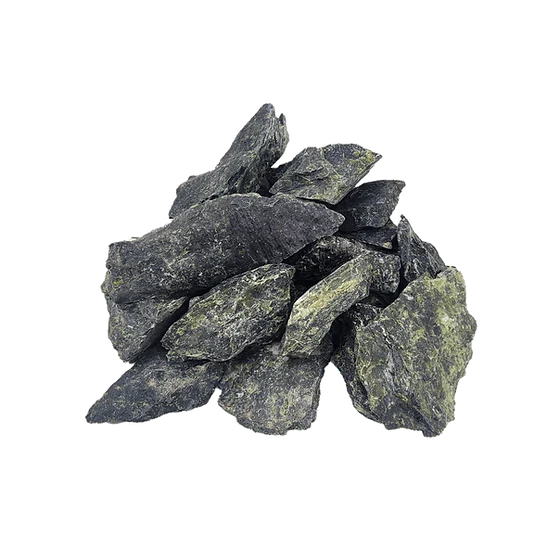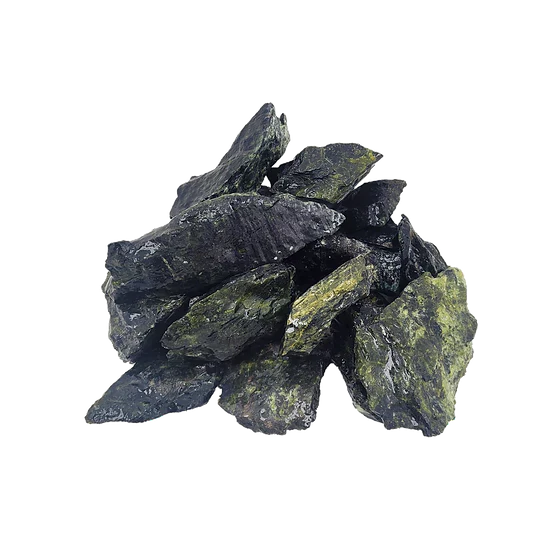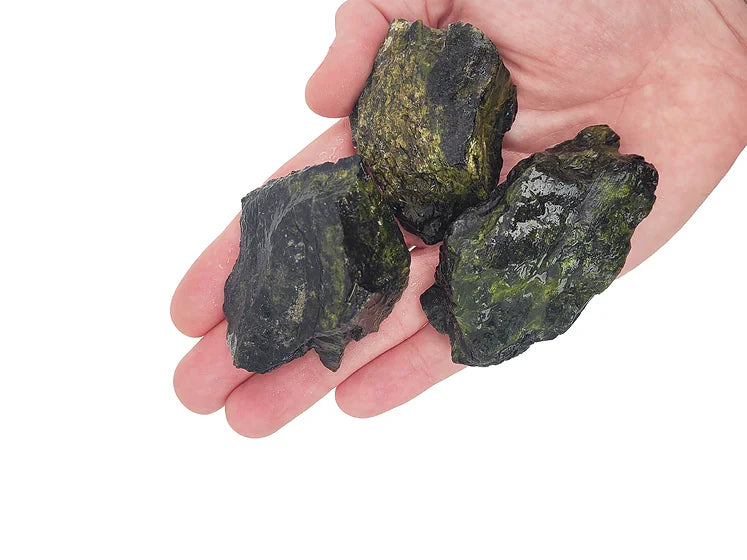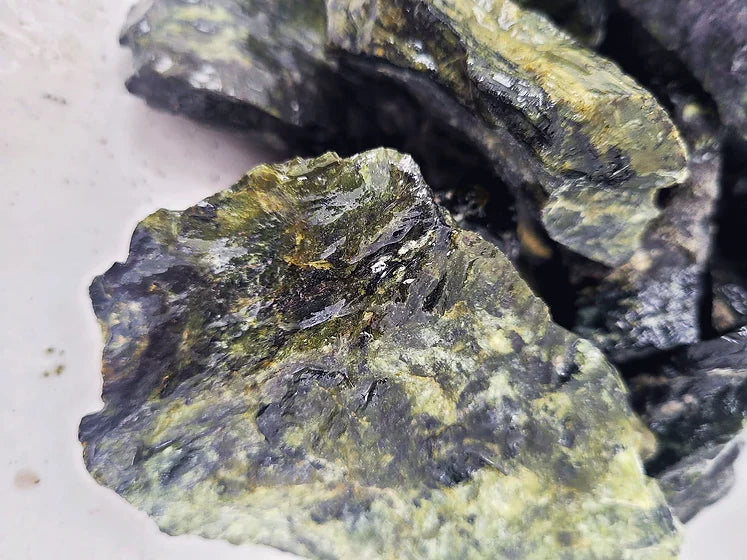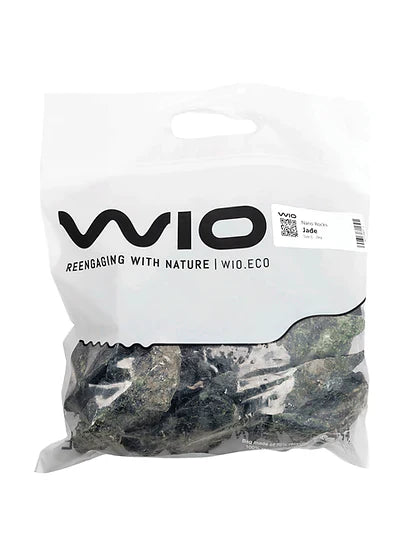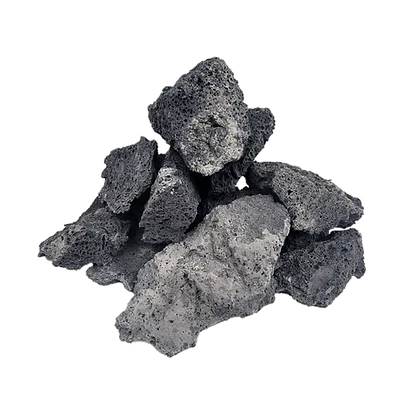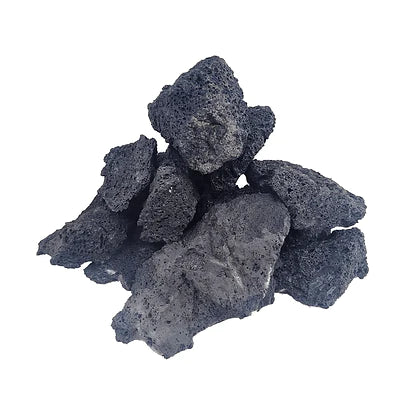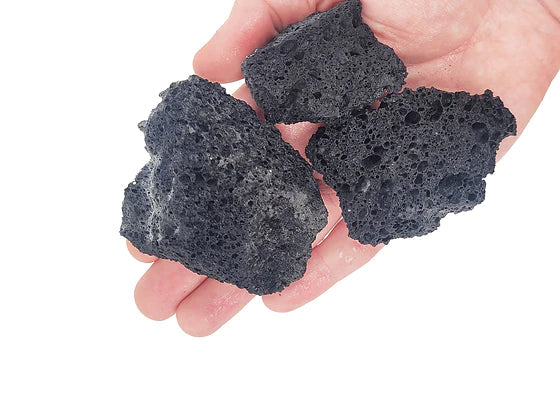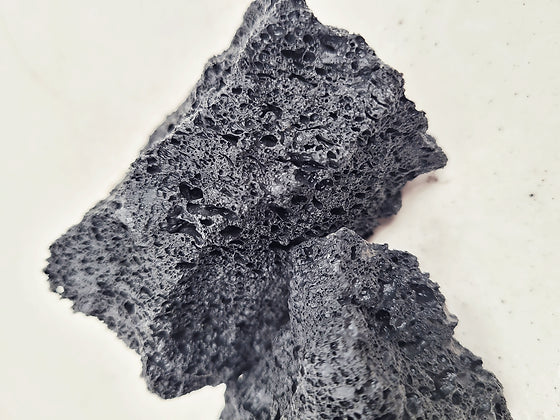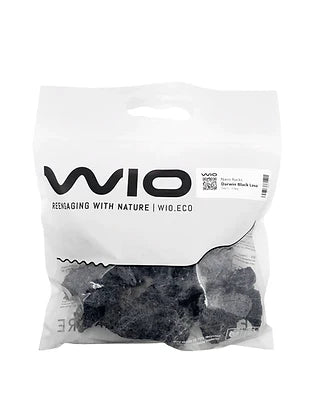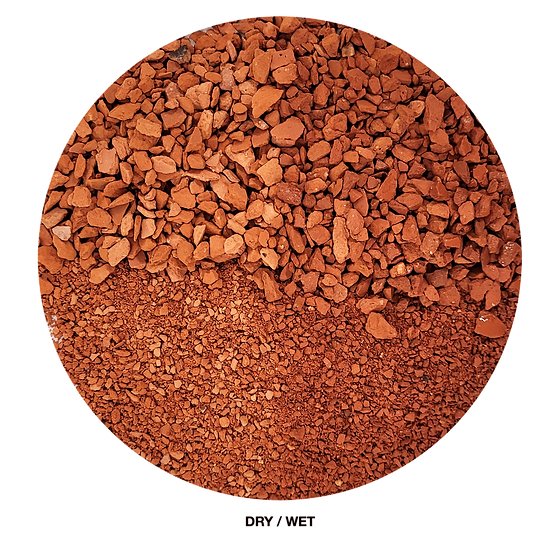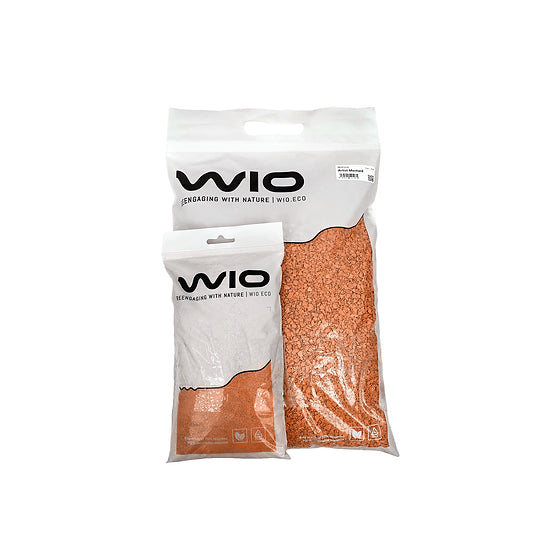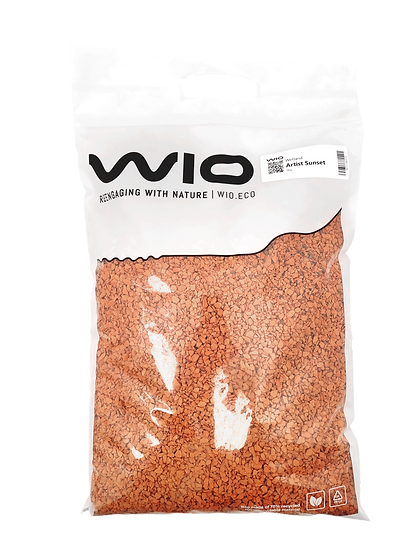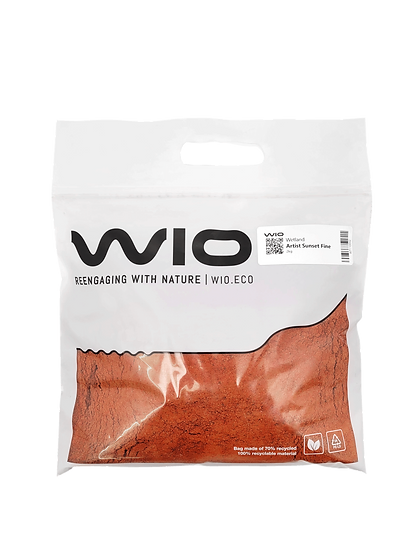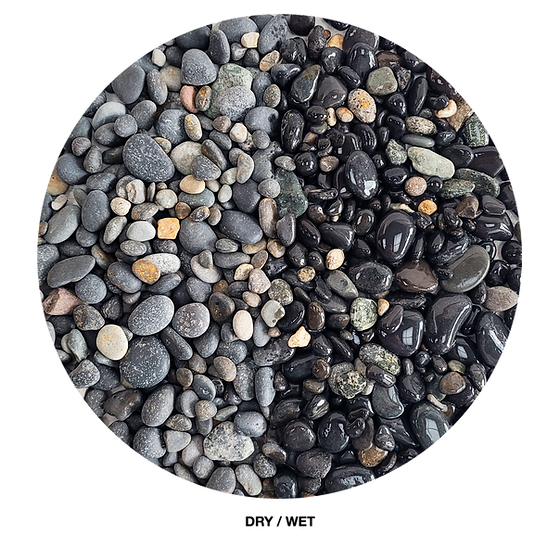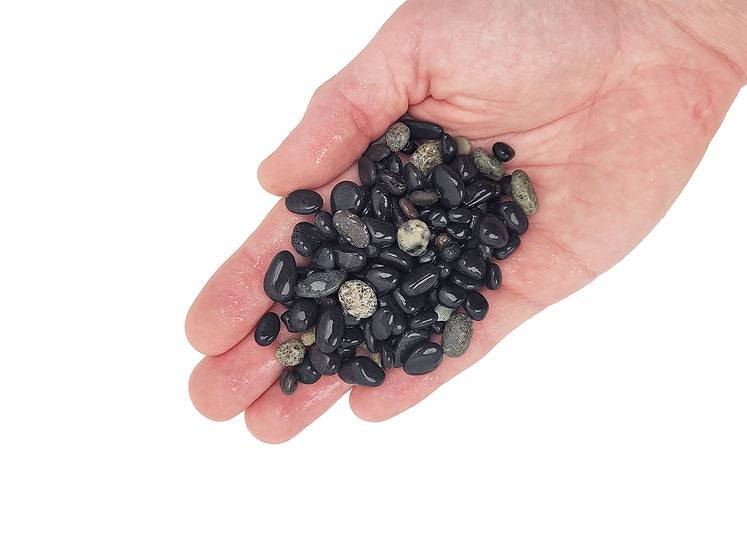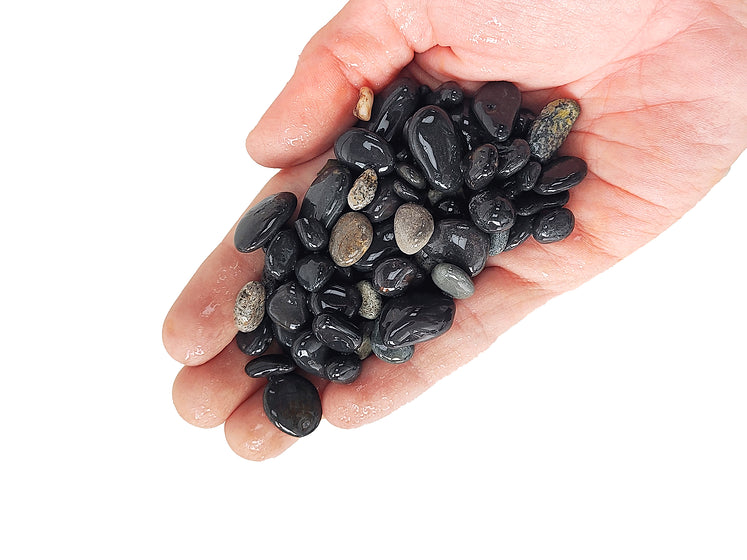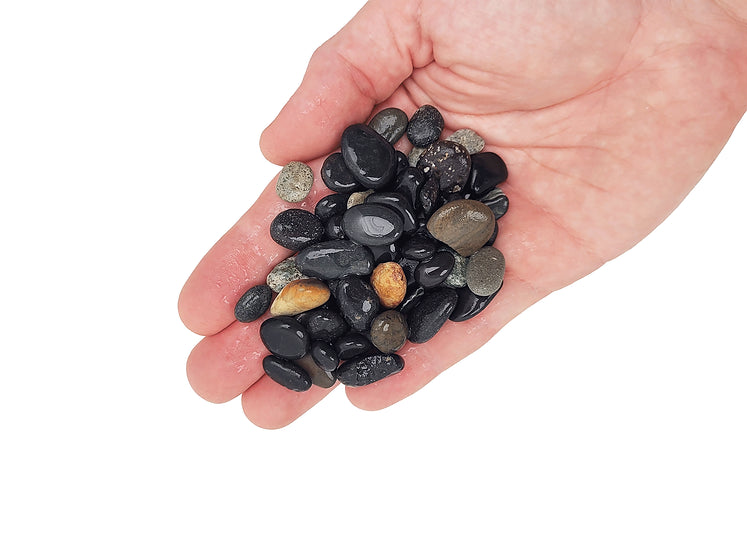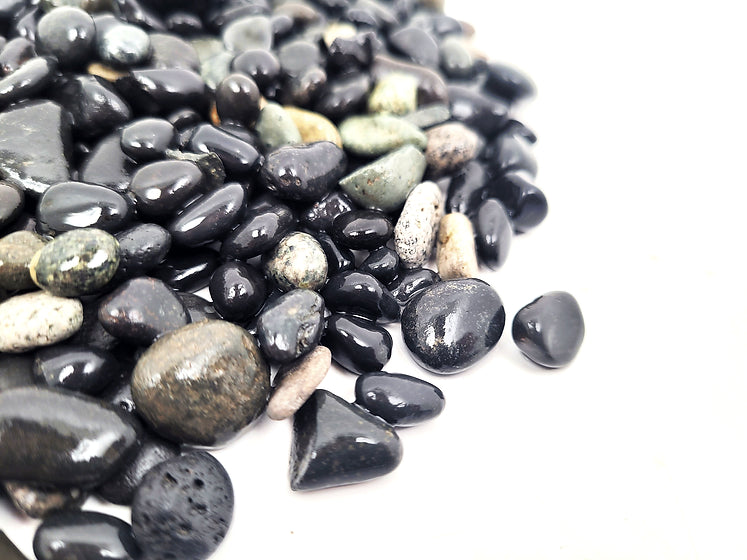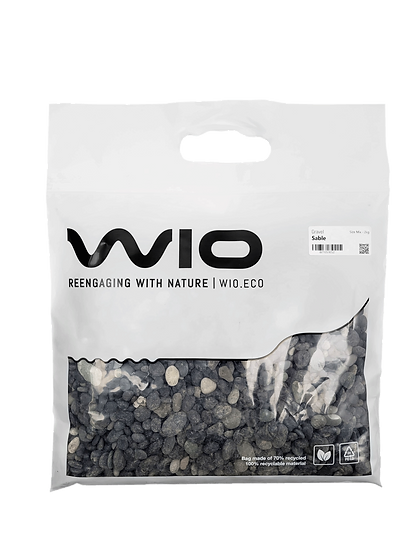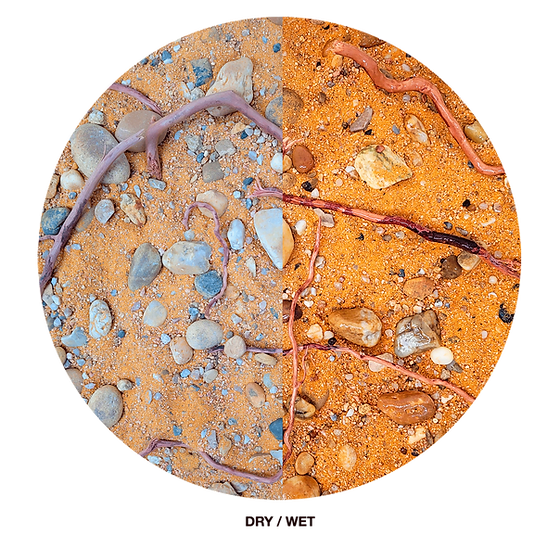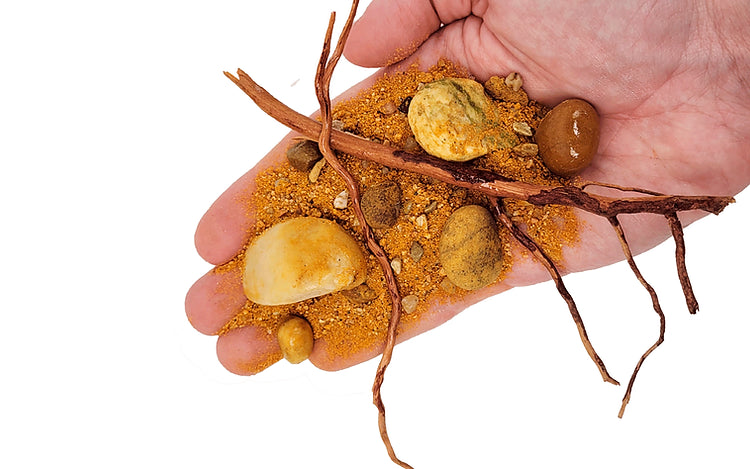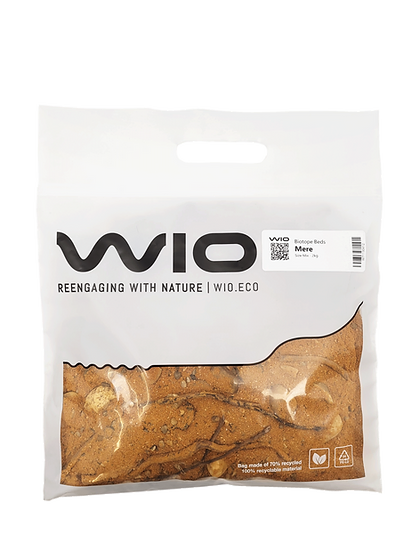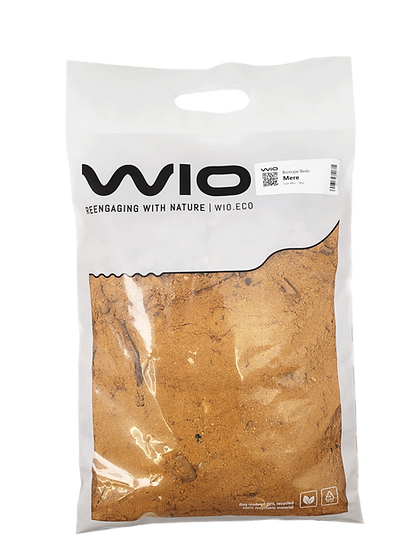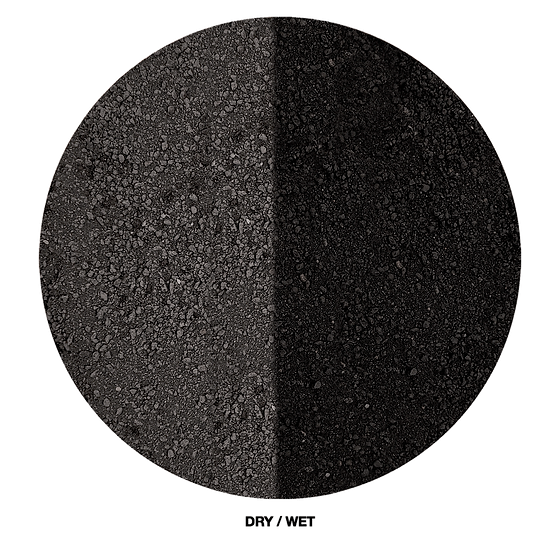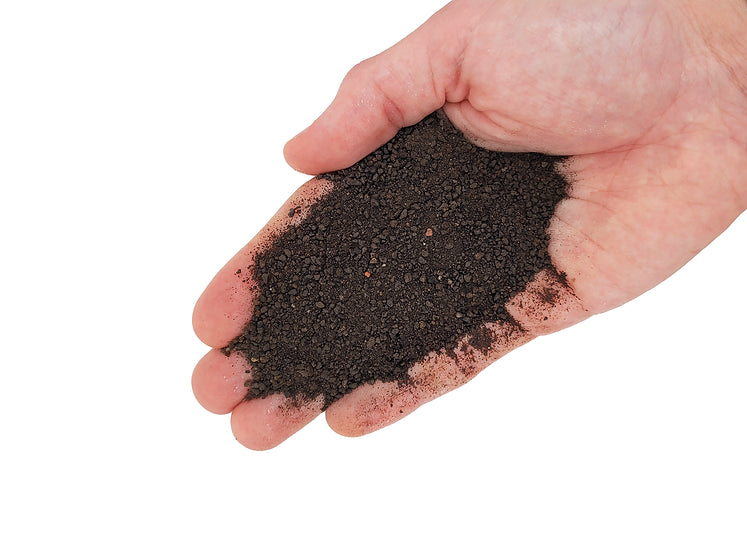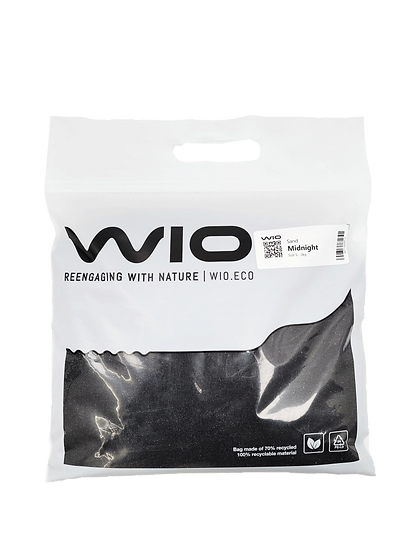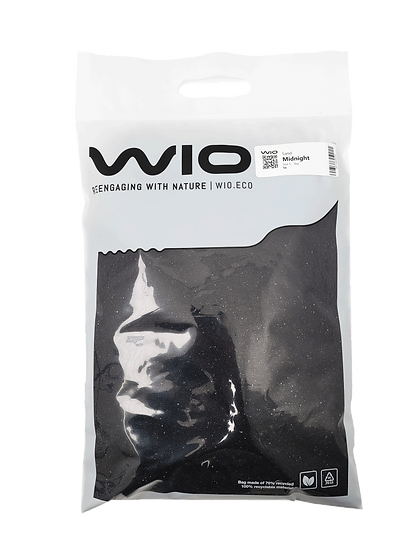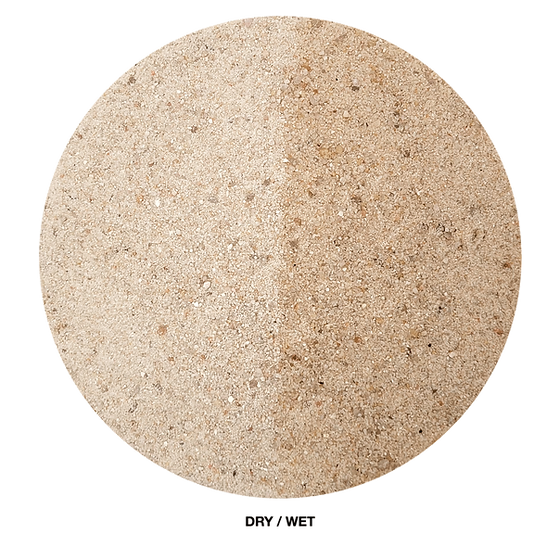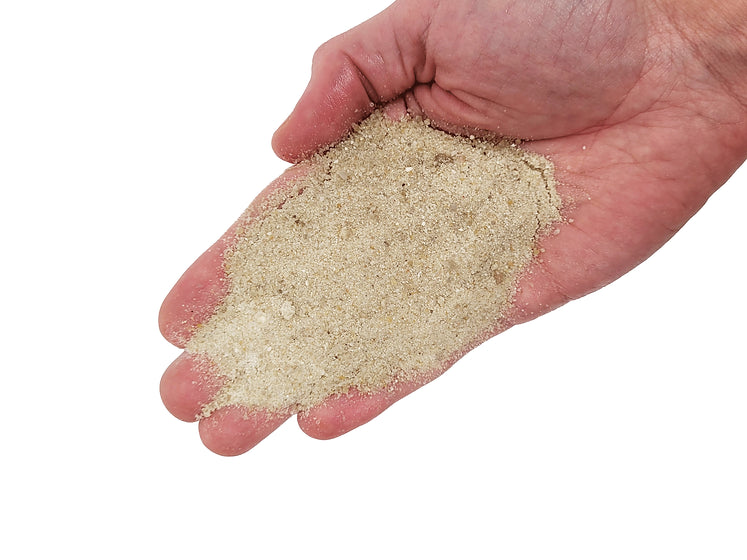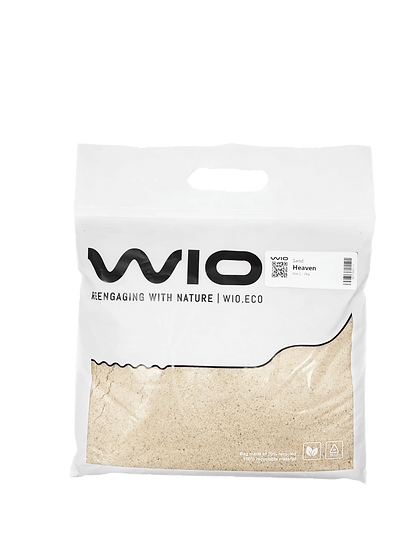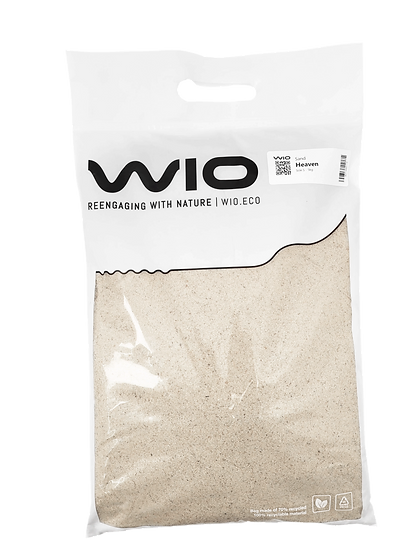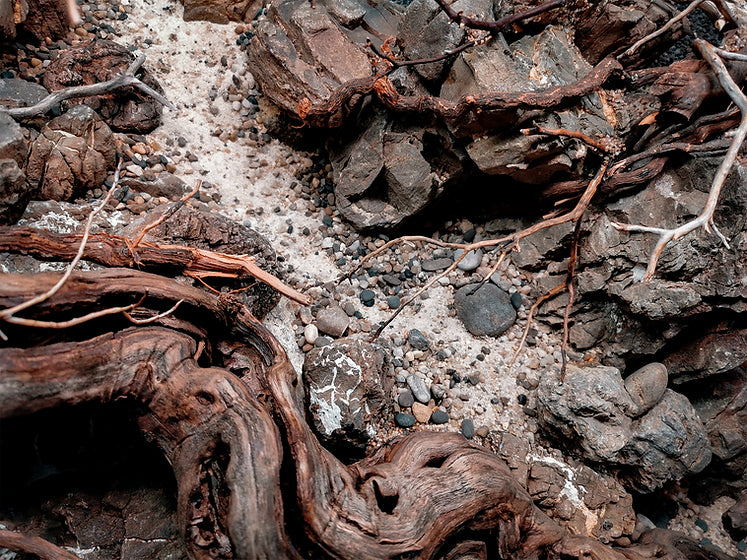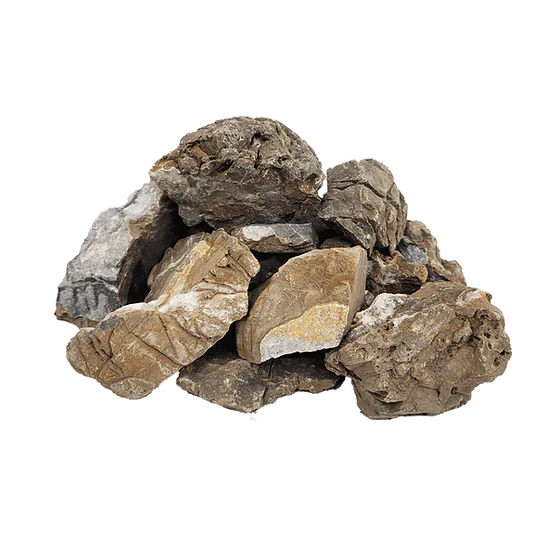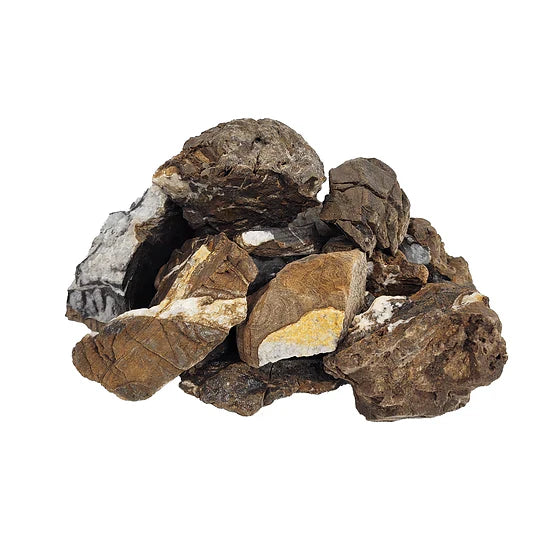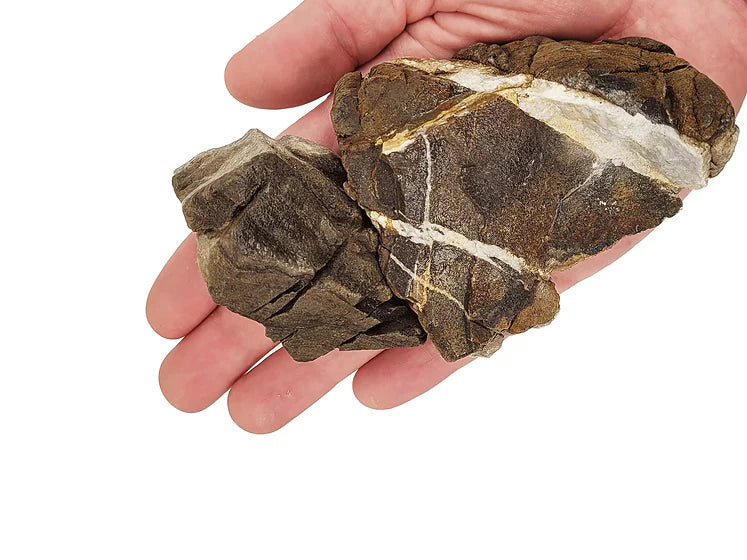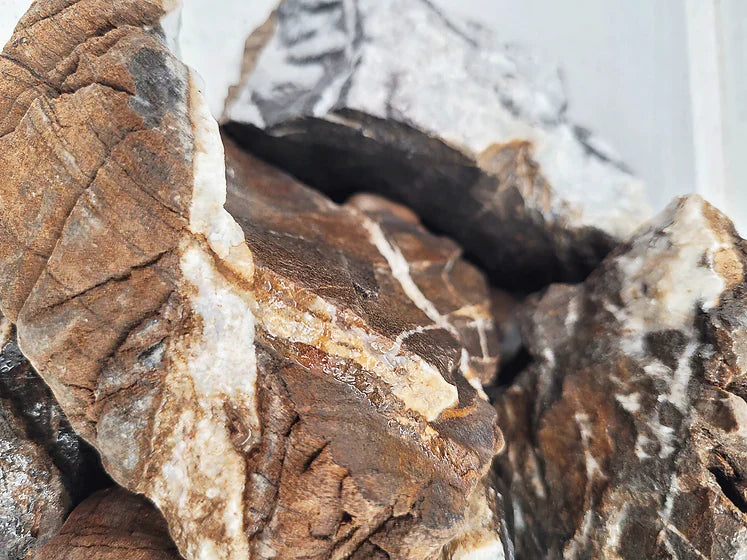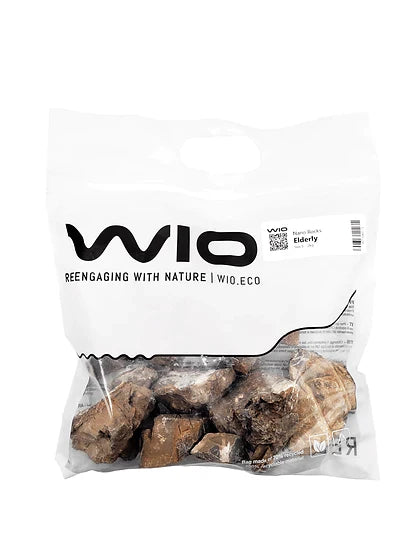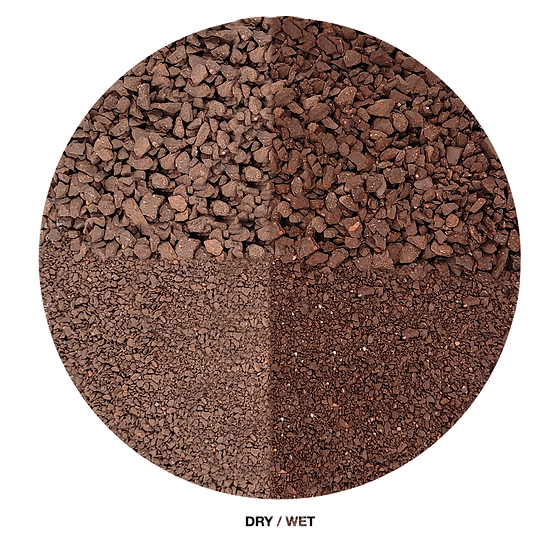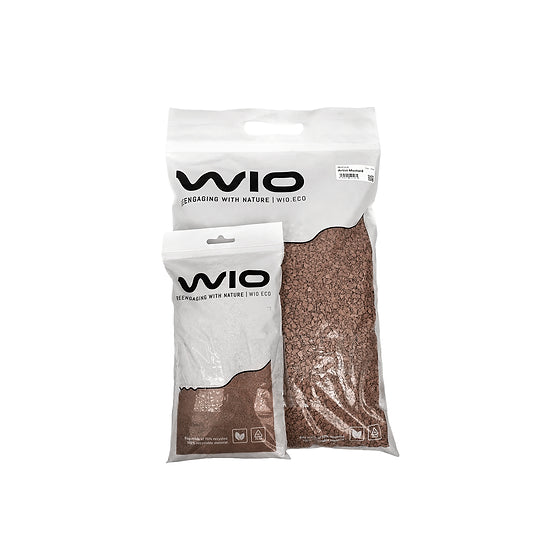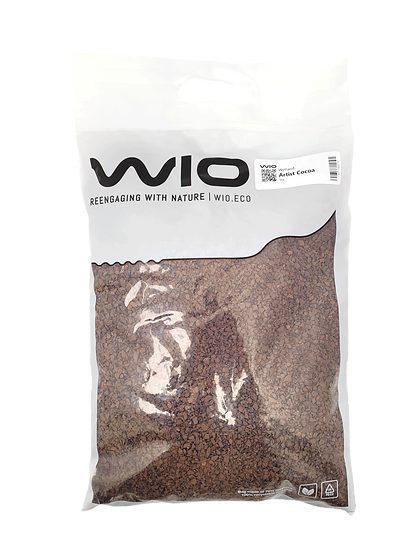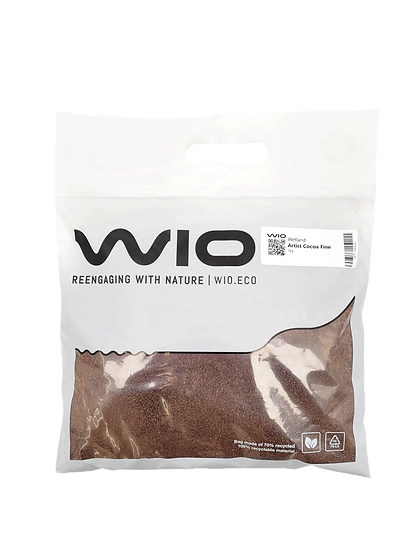-
Description
Nebula stone is a slate stone with a unique flat stratified texture that gives it a one-of-a-kind appearance. This texture gives the stone a distinct appearance that stands out from other types of stones used in aquascaping.
What makes Nebula stone so special is the variety of color shadows it possesses, including silver, greenish, bluish, ochre, and snow-white. These colors combine to give the stone a beautiful, natural look that can be used to create a variety of aquascapes, from minimalist to more intricate designs.
Nebula stone is available in mix sizes, which means it can be used in various aquascaping projects, whether it's a small nano tank or a larger aquarium or terrarium. Due to its natural flat texture, the stone can be arranged in various ways to create different landscapes and provide hiding places for aquatic animals.
One of the advantages of Nebula stone is that its inert, which means it won't affect the water chemistry, making it safe to use with sensitive aquatic plants and animals.
When using Nebula stone in an aquascape, it is recommended to pair it with appropriate substrate, such as soil or sand, to enhance its natural look. The stone can also be paired with wood to create a more dynamic aquascape.
-
Key Points
-
Characteristics
-
Usage
- It can be used in both aquatic and terrarium environments.
- Rinse rocks and stones with water before use. Use a brush to clean it before introducing the stones in the aquarium.
- Avoid placing rocks directly on the glass as they can be very heavy and sharp. Instead, place substrate or our LandForms before placing the hardscape to help fix the exact stone position with more freedom.
- Always secure the stones, especially when placing one rock on top of another, you can do so with our ScapeBound, as the top rock may move or fall during regular maintenance, harming your dwellers or even breaking the aquarium.
- Position stones a few centimeters/inches away from aquarium glass walls to facilitate maintenance.
- Control any alterations in pH and kH by regular water changes with osmotic or soft water, or by using a water softener if necessary.
- Safe for fish, shrimps, and other aquatic animals



















